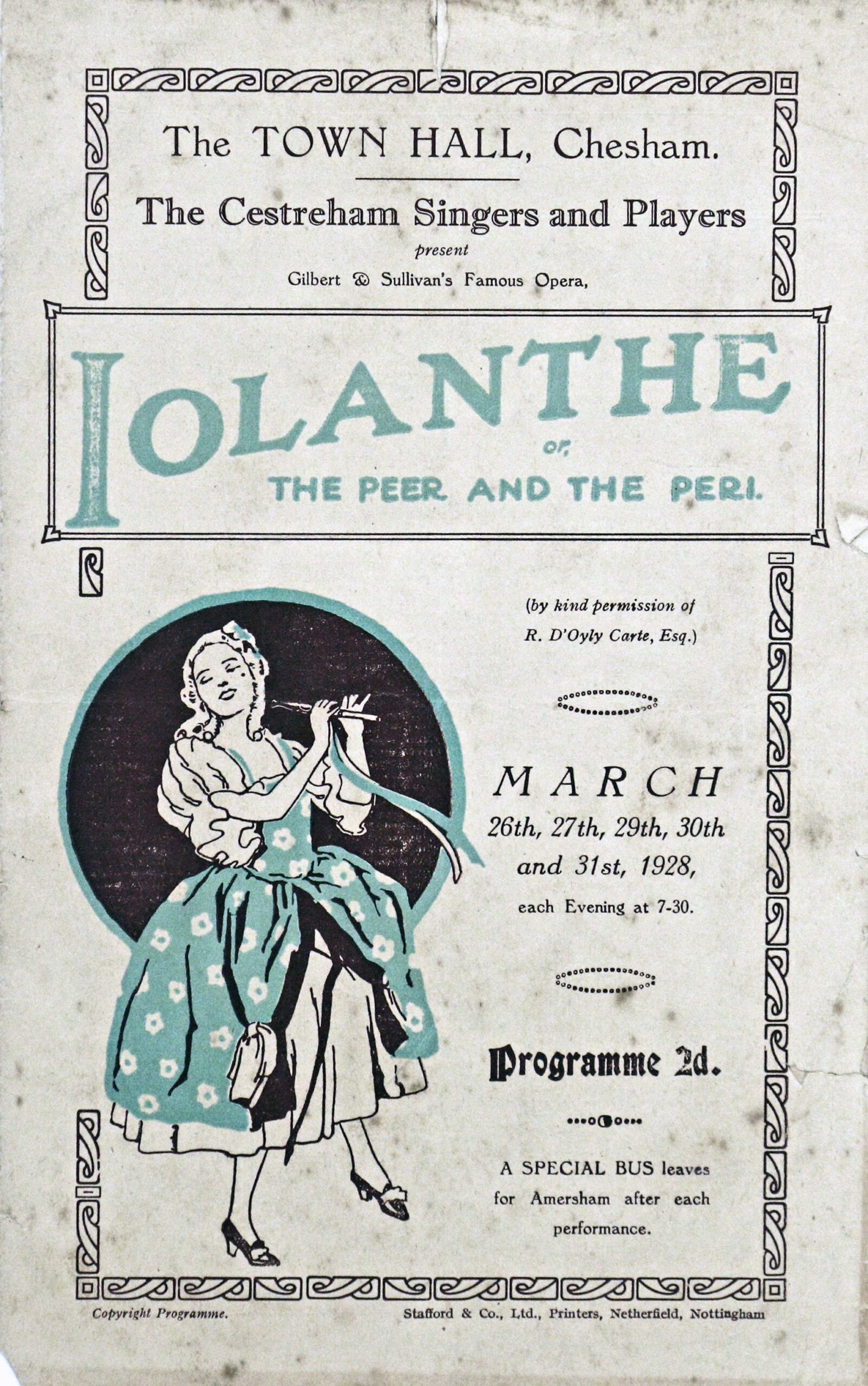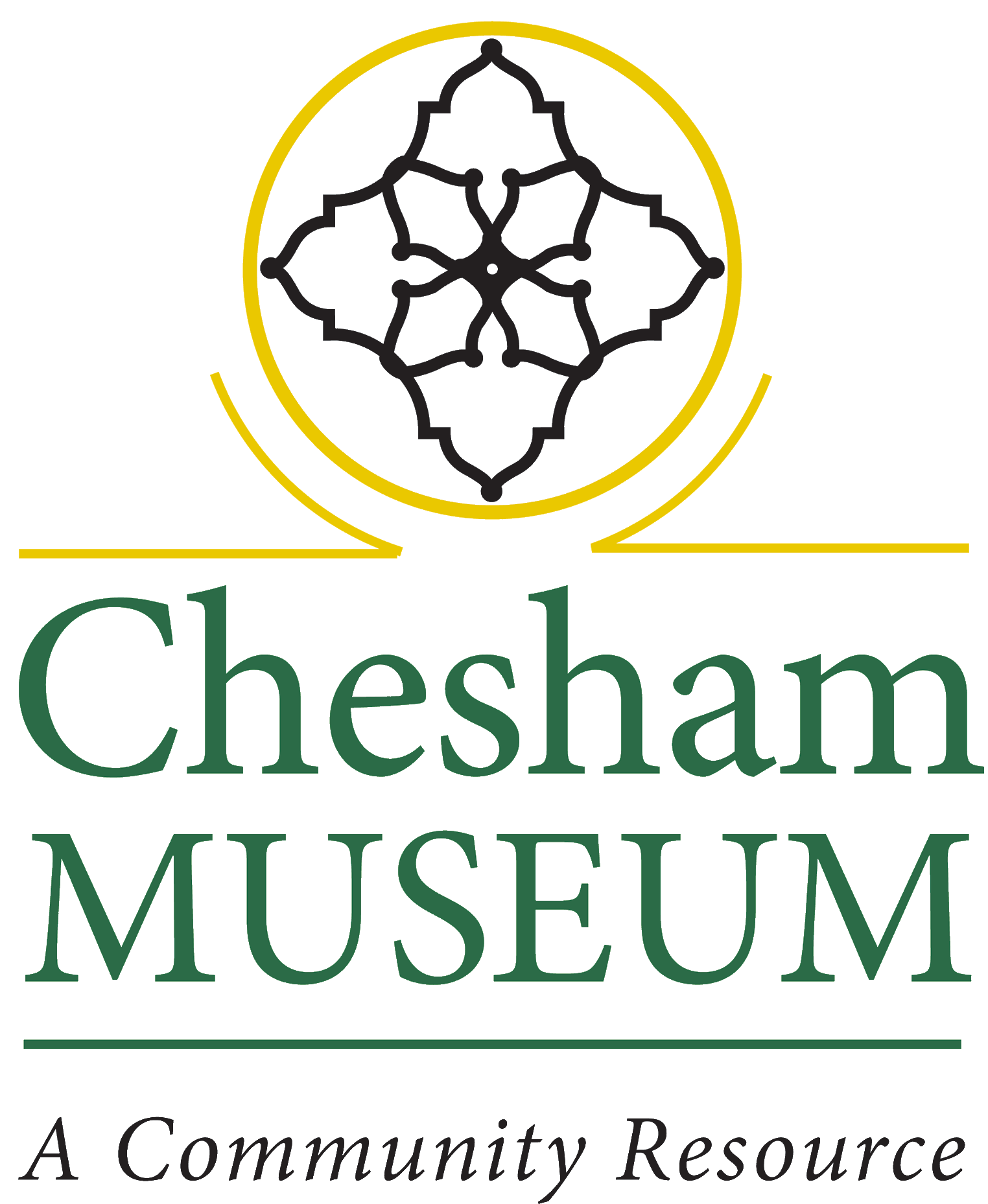Leisure and play
View Leisure and play by:
In mediaeval times, the majority of the populace were far too occupied with the struggle to simply stay alive to be able to have any leisure time. This was the privilege of the wealthy. As time went by, however, conditions gradually changed for the common man, and the late 19th and early 20th centuries saw an explosion in leisure pursuits.
The 1830s saw drunken-ness alternating with work, the pub forming an integral part of the Victorian working man’s life. Working-class leisure activities also included bowling, quoiting, football, cricket, glee clubs “free and easies” (the foundations of the music hall), amateur and professional dramatics, fruit and vegetable shows, flower shows, sweepstake clubs, and meetings of trades and friendly societies.
New industries created time constraints upon leisure. For example, football matches were and are still played at 3 pm on a Saturday for several reasons: (1) providers of space were nearly always employers or the church (all churches being centres for social activities and having their own football and cricket teams), (2) workers had to put in a shift on Saturday mornings, and (3) Sundays were for religious activities.
After 1850 the Victorian middle class increasingly shaped the practice of leisure. Leisure for this class had to be not only respectable but also productive — good for the soul. Facilities for mental improvement were developed and academic instruction and debates were provided by the new working men’s clubs, institutes and a wide variety of Friendly societies.
The coming of the railway encouraged the popularity of the excursion. Similarly, the invention of the bicycle enabled excursions with a cheap mode of transport. By the 1880s the music hall had become so respectable that in many towns it rivalled the town hall and other civic buildings. This led to the introduction of the cinema, which had developed from the music hall.




